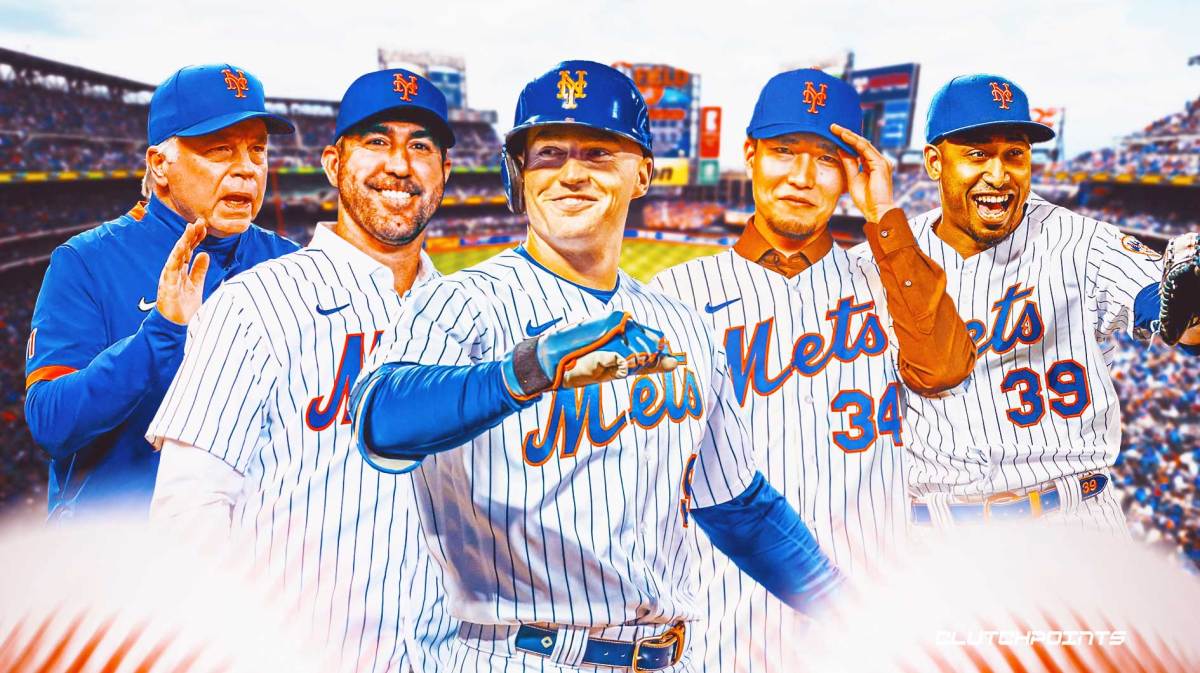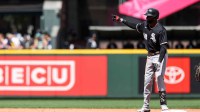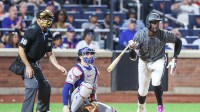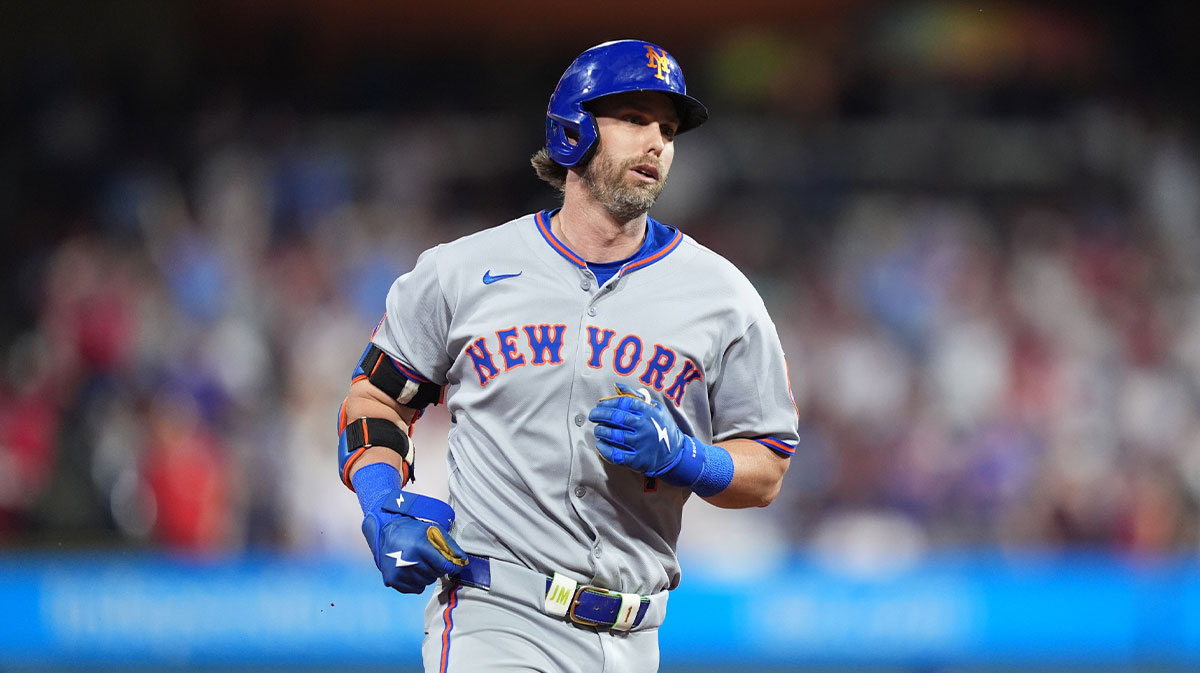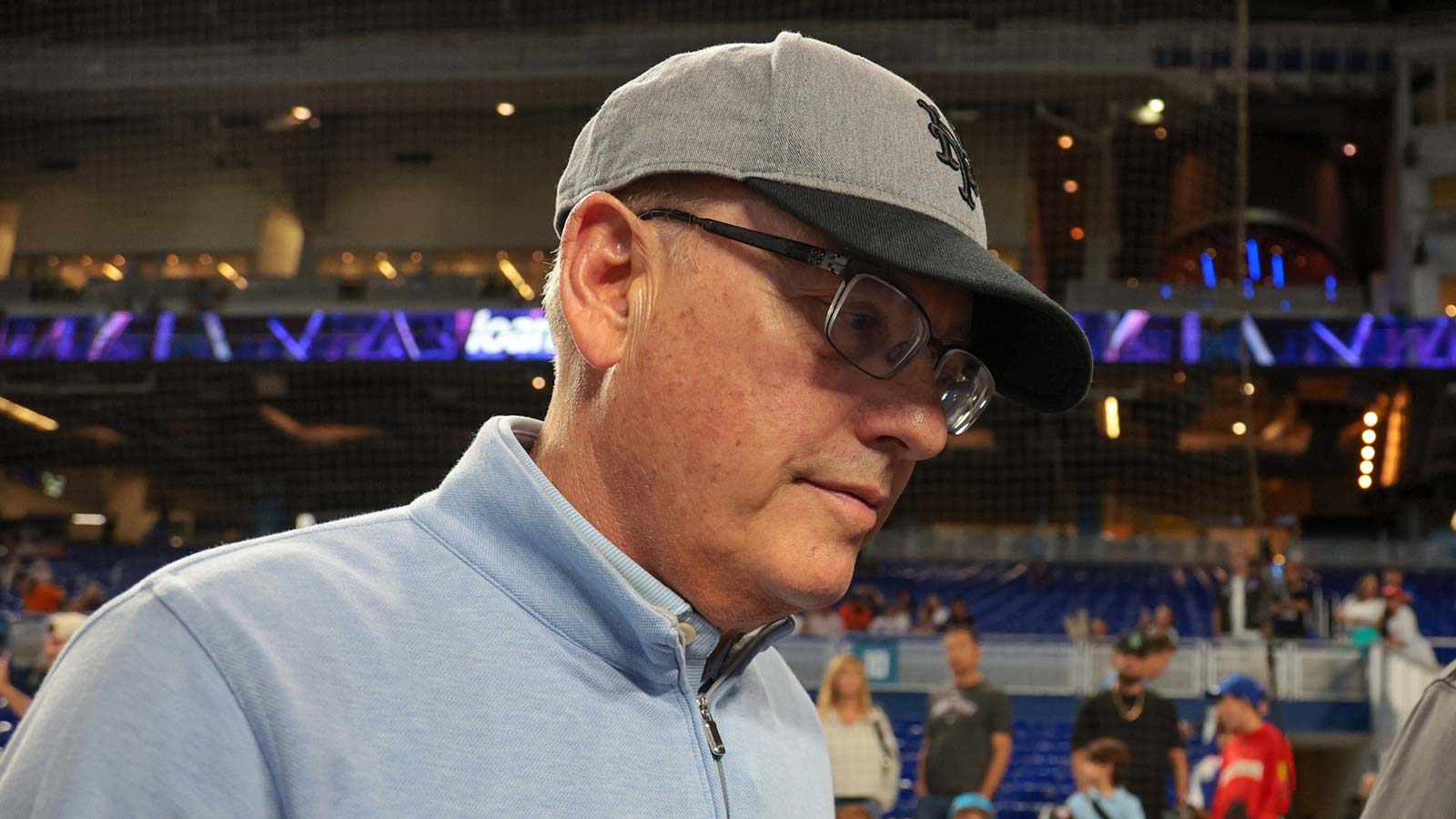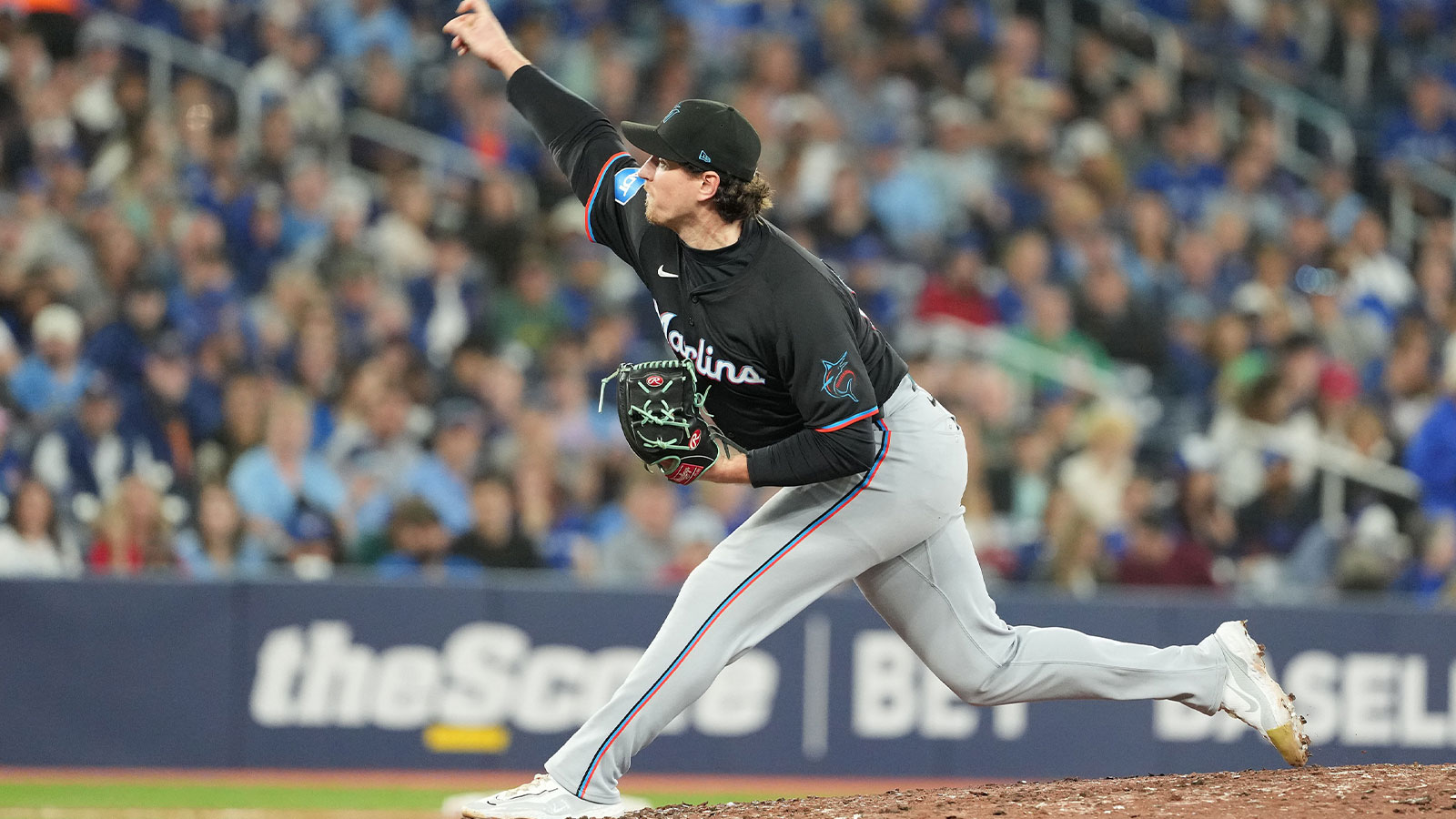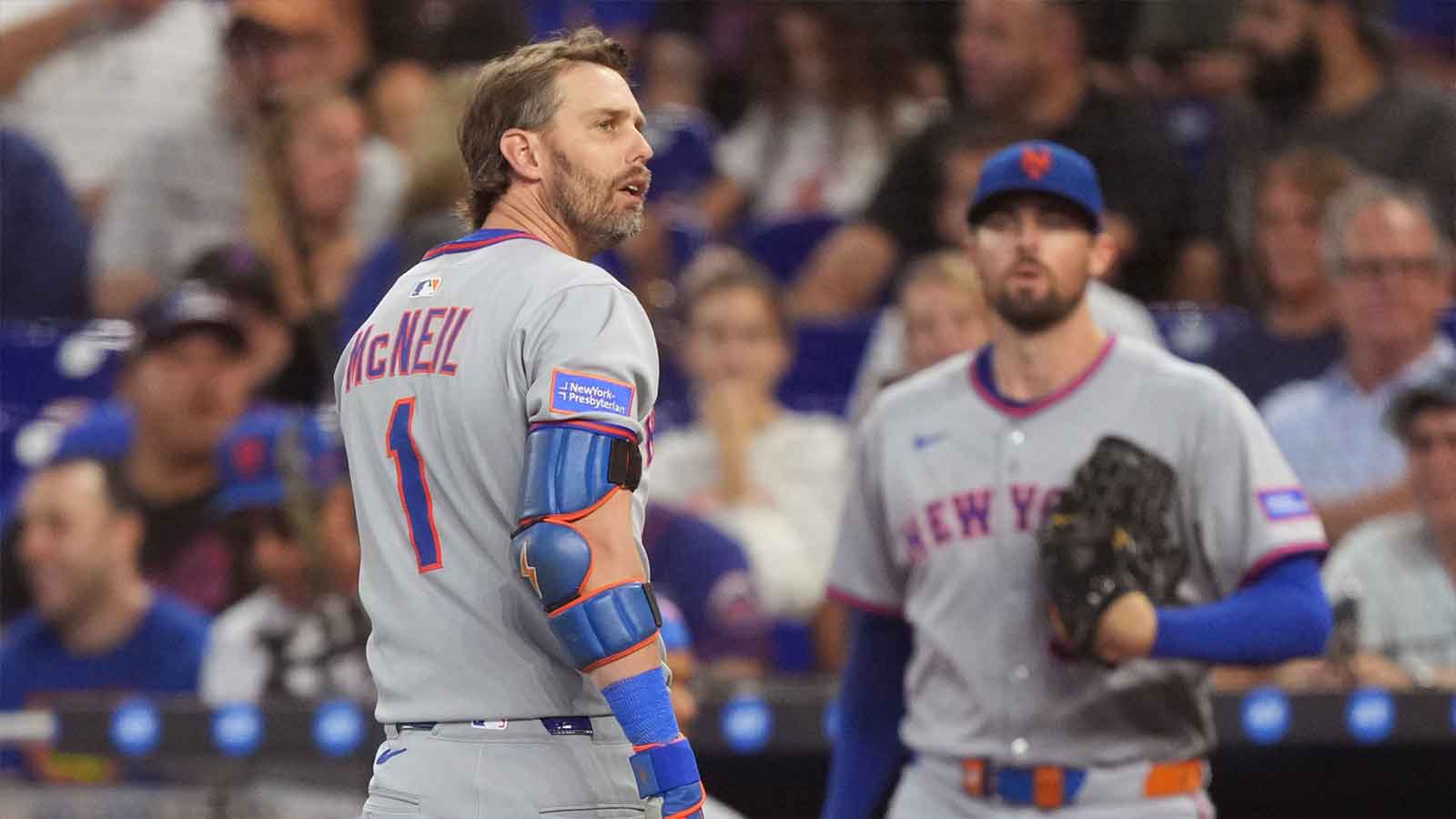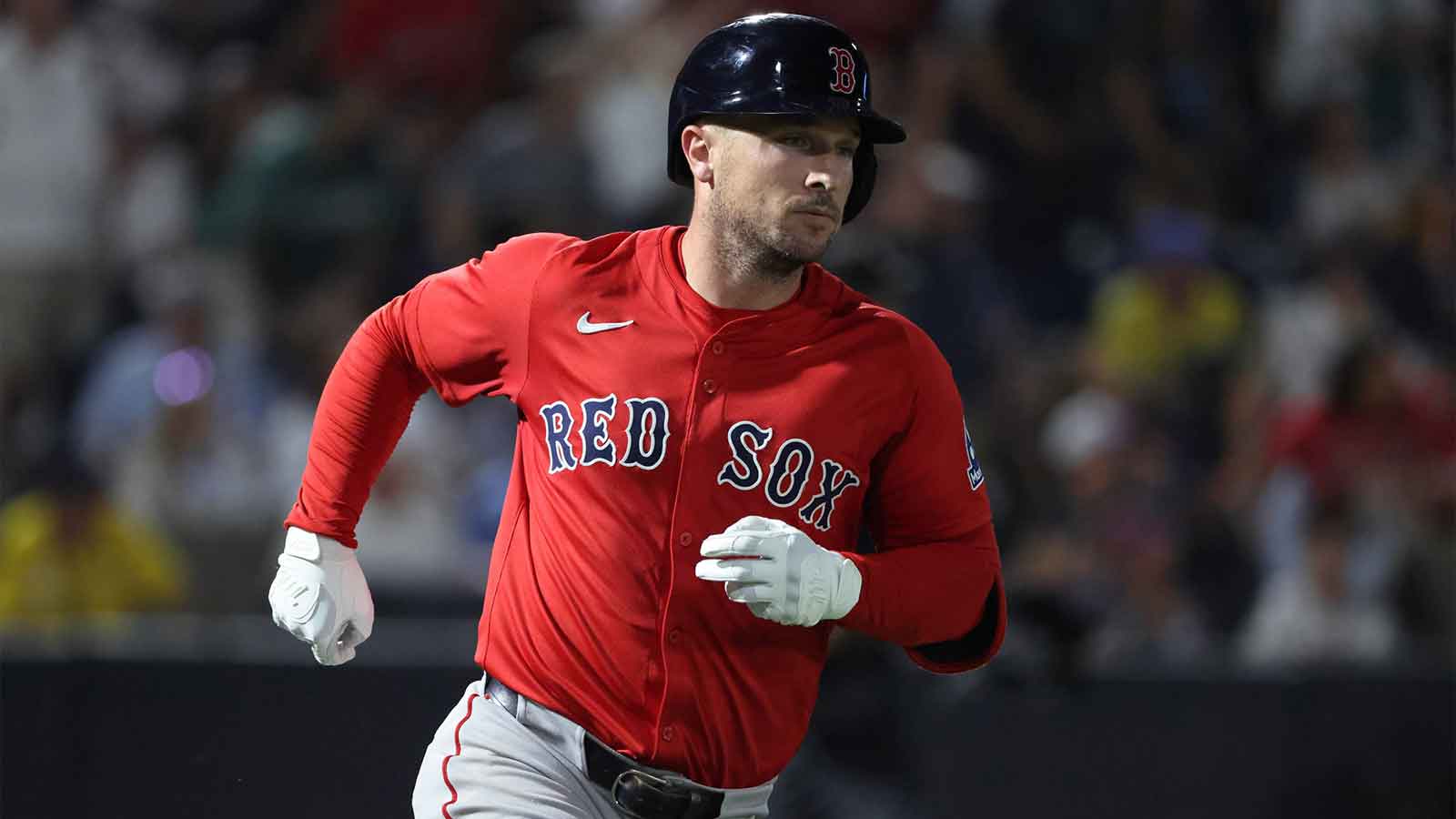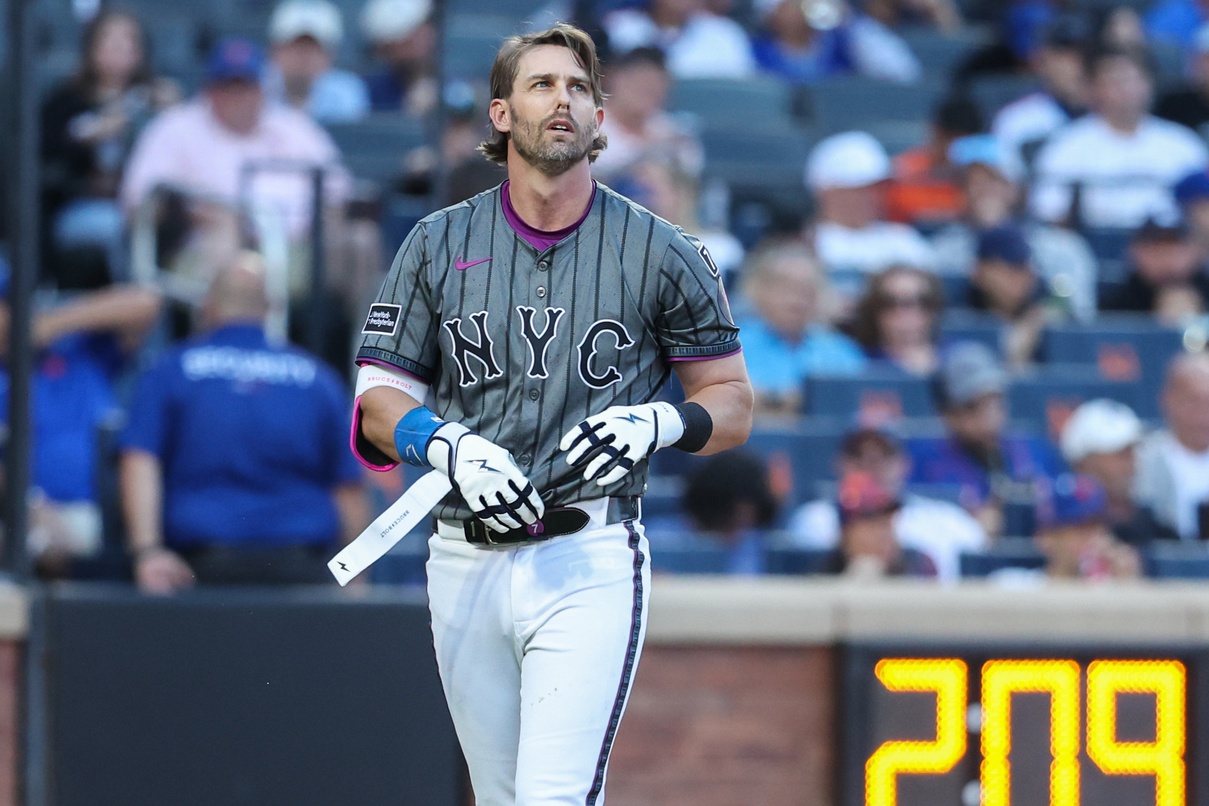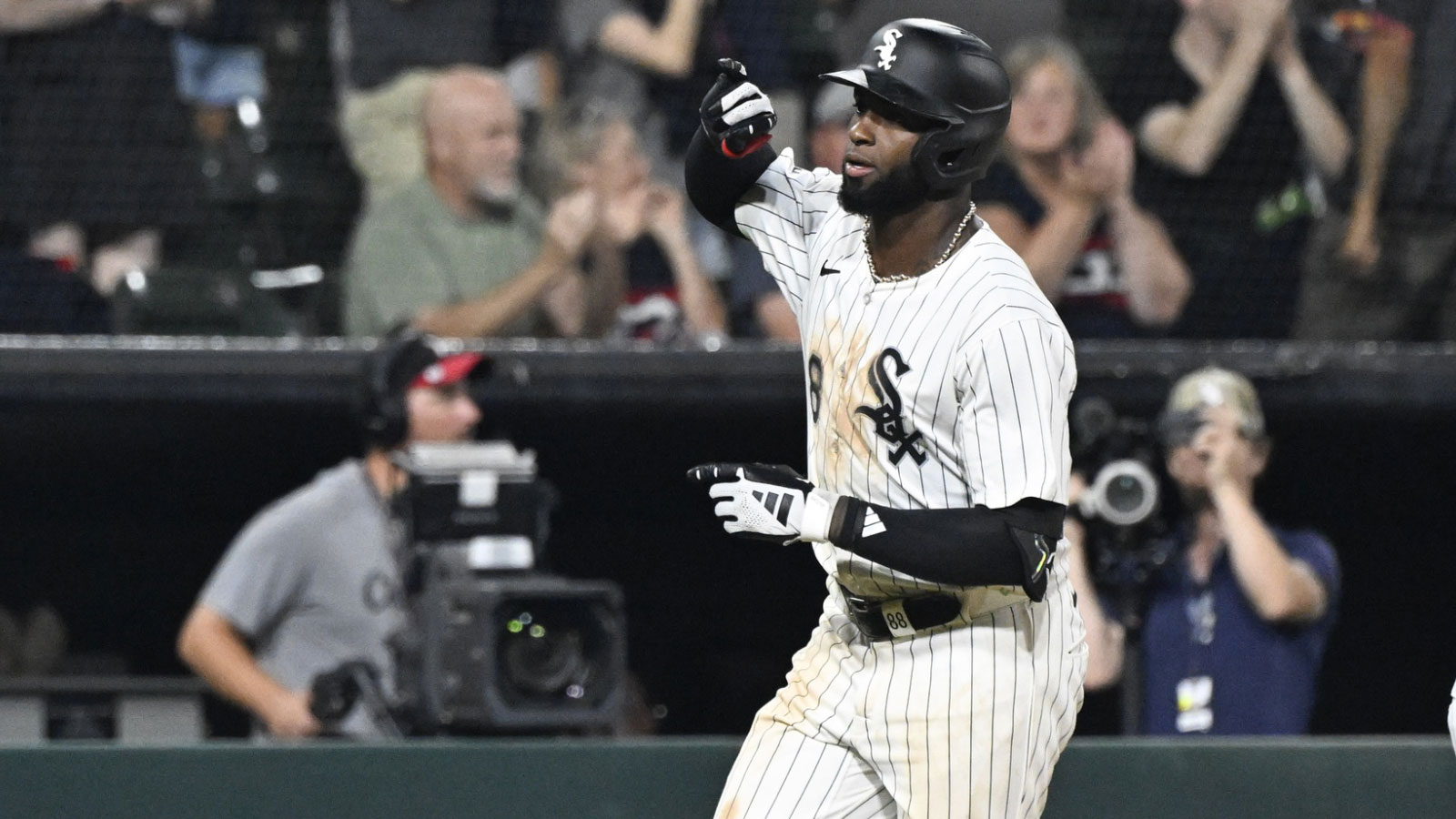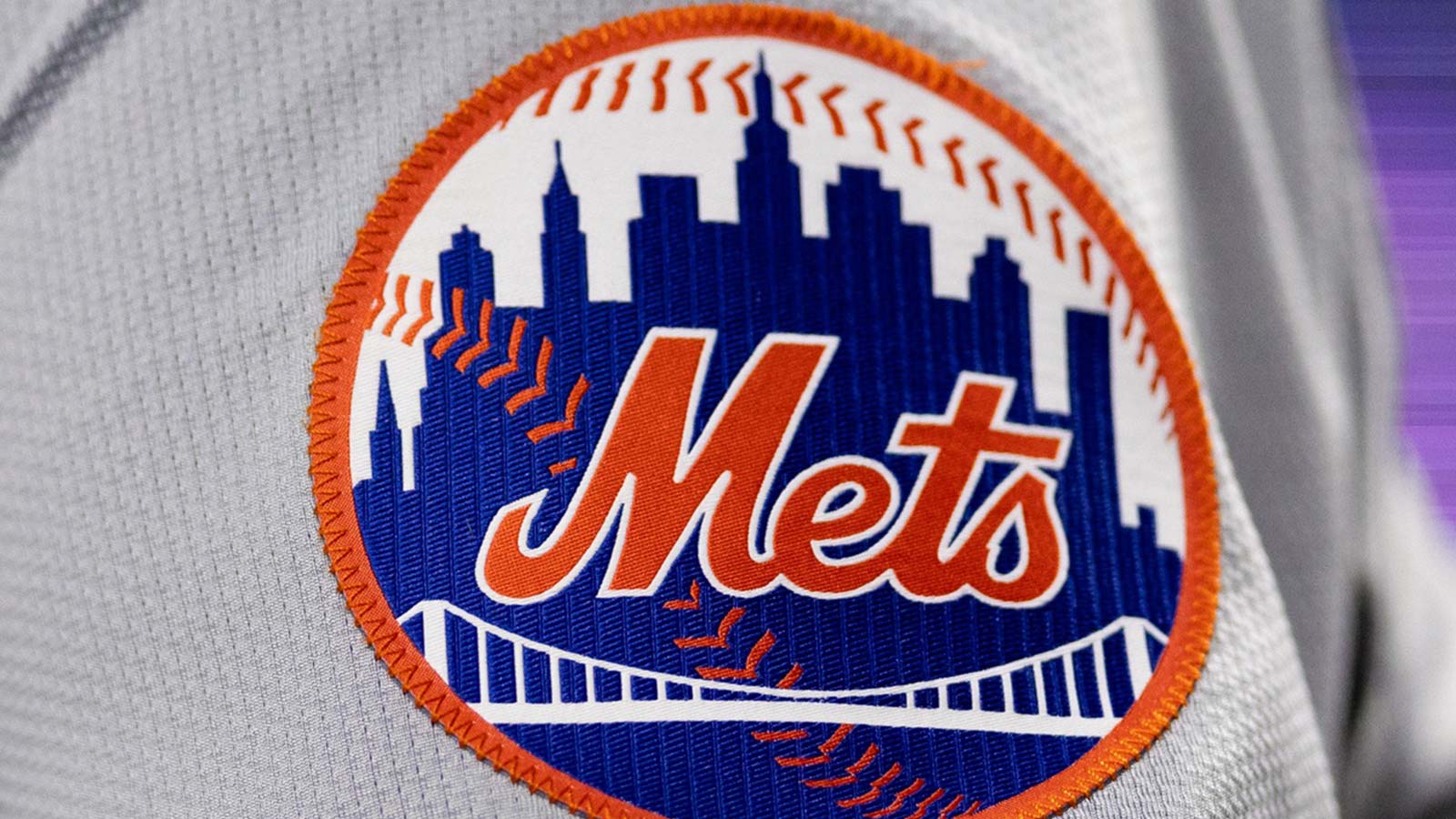Anytime a team hands out multi-million dollar contracts as the New York Mets have done in abundance this offseason, there’s risk involved. But which recent deal should they be most concerned about? We’ll examine the Mets riskiest offseason move this offseason.
Of course, Mets owner Steve Cohen knows a thing or two about risk. He didn’t build his net worth to $13.7 billion, according to Bloomberg, by always choosing the safest path.
That said, owning the Mets and the massive success Cohen’s had with Point72 Asset Management is not exactly an apples-to-apples comparison. Some principles of business cross over. Some do not. But Cohen will do whatever it takes to win in each business.
On the surface, Cohen’s checkbook helped the Mets fill a slew of holes this winter. They re-signed closer Edwin Diaz, centerfielder Brandon Nimmo and set-up man Adam Ottavino. They signed starters Justin Verlander, Kodai Senga and Jose Quintana to replace departed free agents Jacob deGrom, Chris Bassitt and Taijuan Walker. Veteran relievers David Robertson (free agency) and Brooks Raley (trade) were added. Catcher Omar Narvaez was signed to replace James McCann, a devalued asset if ever there was one.
And then there was the three-week dance with Carlos Correa before the shortstop walked away to remain with the Minnesota Twins. That's a whole other risk-related story.
Risks in signing Justin Verlander
The Verlander signing could be viewed as the mist dicey. He’ll be 40 on Opening Day and will receive $43.33 million this season, tied for the highest average salary in MLB history with teammate Max Scherzer. Plus, Verlander had Tommy John surgery three years ago.
Justin Verlander and Kate Upton met with Steve and Alex Cohen for dinner tonight
(via tiaalexnymets/IG) pic.twitter.com/TzAb72ldRa
— SNY Mets (@SNY_Mets) January 16, 2023
But the future Hall-of-Famer seems a decent bet to make good on this deal, especially because it’s only for two years (with an option). Despite missing all of 2021 after the TJ surgery, Verlander is aging extremely well, remains remarkably durable and continues to evolve as a world-class pitcher. Oh, and he was the American League Cy Young Award winner last season, leading the AL with 18 wins, a 1.75 ERA, 0.829 WHIP and 6.0 hits per nine innings. Plus, he helped the Houston Astros win the World Series.
Kodai Senga, Edwin Diaz deals pose different risks
There’s a certain level of risk with two other pitchers. Senga is accustomed to pitching once a week in Japan, where he was 87-44 with a 2.59 ERA and 1,252 strikeouts in 1,089 innings over 11 seasons in the Nippon Professional Baseball League. How will he adapt to pitching more frequently in North America and in a new league? How quickly will he adapt to living in a new country?
Those are reasonable concerns, but Senga has been preparing for this major move for years. He’s leaned on Yu Darvish for advice; and there’s little reason to believe he won’t have success with the Mets. At five-years and $75 million ($15 million AAV), Senga’s contract is not a burden and could be a bargain if the 30-year-old emerges as a No. 2 or 3 starter.
Diaz is baseball’s highest paid closer after agreeing to a five-year, $102 million contract ($20.4 million AAV). Long-term, big money contracts for relievers have notoriously worked out poorly for teams. Even the best closers, for example, battle inconsistency from season to season. Remember, Diaz had 57 saves for the Seattle Mariners in 2018 and then turned in a horrendous first season with the Mets the following year (15 home runs in 58 innings, 5.59 ERA).
Edwin Díaz in 2022:
1.31 ERA
118 strikeouts (235 batters faced)
32 saves
17.1 K/9We'll be sounding the trumpets for years to come. 🎺 pic.twitter.com/7DAqURNNNZ
— SNY Mets (@SNY_Mets) November 6, 2022
However, Diaz will only be 29 years old this season, is remarkably durable and has gotten better since that terrible 2019 season. He has embraced the challenge of pitching in New York and accomplished the rare feat of going from pariah to revered in the eyes of Mets fans. He was the best closer in MLB last season (118 strikeouts in 62 innings, 1.31 ERA, 0.84 WHIP).
So, that said, what was the riskiest move the Mets made this MLB offseason?
Brandon Nimmo contract is riskiest Mets move this offseason
At eight-years, $162 million ($20.25 million AAV), Nimmo’s contract represents the riskiest investment the Mets made this offseason. In the Mets defense, they had little wiggle room here. Nimmo was the second-best outfielder on the free agent market (after Aaron Judge), one coming off a career year, and he was going to get this, or a similar, contract from some team, if not the Mets.
The term is most concerning. Over eight years, this deal likely will not age well. Nimmo will be 38 when the contract ends, and historically the back end of a long-term MLB deal doesn’t look pretty.
Brandon Nimmo was drafted by the Mets in 2011. He’s now under contract through 2030.
What type of legacy does @You_Found_Nimmo have the potential to build? He’s striving to be a Met that’s remembered forever. It’s part of the reason he wanted to return. pic.twitter.com/HjH1fMORPC
— Steve Gelbs (@SteveGelbs) December 15, 2022
But what makes this move more worrisome is Nimmo’s history of being hurt. Since becoming a full-time player in 2017, Nimmo has played more than 92 games twice. Of course, that includes the COVID-shortened 2020 season, but the concern remains valid. Neck issues have been his biggest issue, but he’s had several hamstring injuries, too.
Nimmo is a solid citizen and team leader, a popular career-long Met who was a first-round pick in 2011. He has made great strides defensively in centerfield and as one of the top leadoff hitters in baseball (.385 OBP and 17.2 WAR in 2,368 MLB plate appearances).
There’s a lot to like bringing Nimmo back. But that eight-year term makes this the riskiest of the Mets offseason moves.

